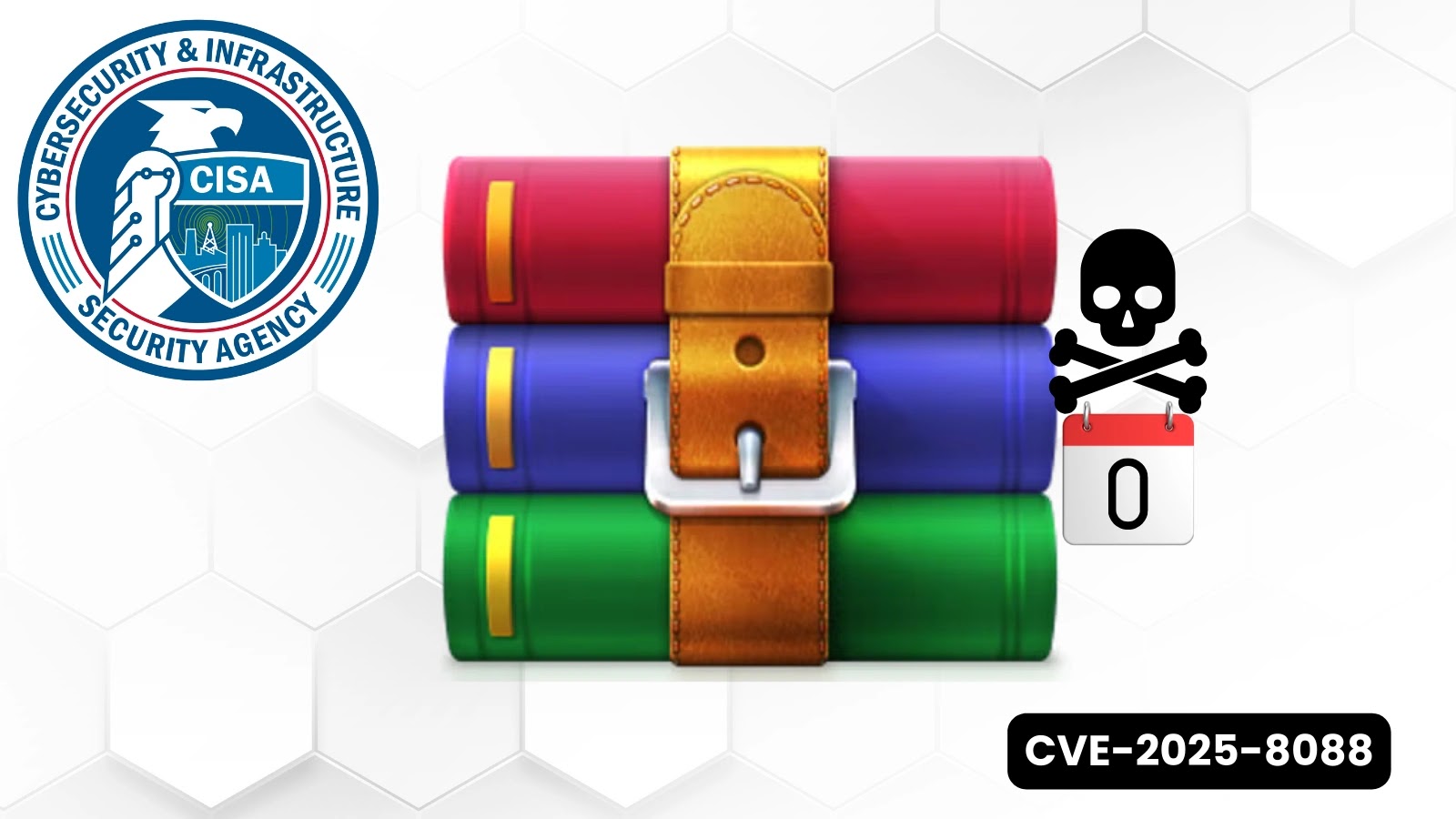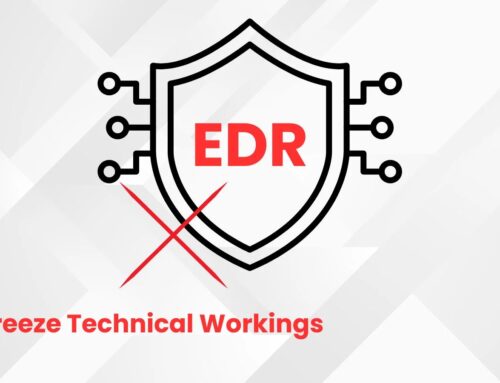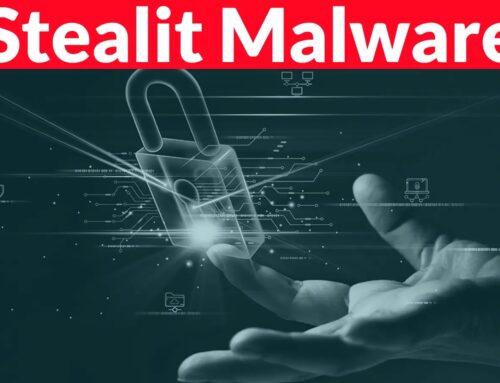
CISA Added WinRaR Zero-Day (CVE-2025-8088) Vulnerability That is Actively Exploited In the Wild
A critical alarm has sounded in the cybersecurity community: the U.S. Cybersecurity and Infrastructure Security Agency (CISA) has officially added a severe WinRAR zero-day vulnerability, identified as CVE-2025-8088, to its Known Exploited Vulnerabilities (KEV) catalog. This designation is not made lightly; it signifies active exploitation in the wild by threat actors, posing an immediate and significant risk to individuals and organizations alike. For federal agencies, the clock is ticking, with a mandatory mitigation deadline of September 2, 2025. For everyone else, proactive defense is paramount.
Understanding WinRAR’s Critical Vulnerability: CVE-2025-8088
The vulnerability, tracked as CVE-2025-8088, targets WinRAR, one of the most widely used file archivers globally. While specific technical details of the new exploit are still emerging, the precedent of past WinRAR vulnerabilities (like the ACE format logic bug, CVE-2023-40477, or the previous WinRAR RCE, CVE-2023-38831) suggests that adversaries are adept at leveraging its parsing mechanisms to achieve remote code execution (RCE) or arbitrary file write capabilities. Such vulnerabilities often enable attackers to execute malicious code on a victim’s system simply by tricking them into opening a specially crafted archive file.
CISA’s KEV Catalog Listing: What It Means
CISA’s addition of CVE-2025-8088 to its KEV catalog serves as a stark warning. The KEV catalog is a curated list of vulnerabilities that CISA believes carry significant risk due to demonstrated active exploitation. This isn’t just a theoretical threat; it means cybercriminals are actively weaponizing this flaw right now. For federal agencies, mitigation is no longer optional; it’s a security mandate with a strict compliance deadline. For the broader industry, it’s a critical directive to prioritize patching and bolster defenses immediately.
Active Exploitation and Threat Landscape
The phrase “actively exploited in the wild” immediately elevates this vulnerability to the highest tier of concern. Threat actors, ranging from opportunistic cybercriminals to advanced persistent threat (APT) groups, are known to target widely deployed software like WinRAR. Exploitation often begins with phishing campaigns or malicious downloads, luring users into opening seemingly innocuous archive files. Once opened, the embedded exploit within the archive can silently compromise the system, leading to data theft, ransomware deployment, or broader network infiltration. Given WinRAR’s pervasive use, the potential attack surface is immense.
Remediation Actions and Mitigations
Prompt action is essential to protect against this actively exploited vulnerability. Organizations and individual users must prioritize the following:
- Immediate Update: WinRAR has released version 7.13 to address CVE-2025-8088. Users should update to WinRAR 7.13 or newer immediately. This is the single most effective mitigation.
- Software Inventory: Conduct a comprehensive inventory of all systems to identify where WinRAR is installed. This ensures no vulnerable instances are overlooked.
- User Education: Reinforce strong security practices among users. Educate them about the dangers of opening suspicious or unsolicited archive files, even from seemingly legitimate sources. Implement a “think before you click” policy.
- Endpoint Detection and Response (EDR): Ensure EDR solutions are up-to-date and actively monitoring for suspicious process activity, unusual file modifications, or network connections originating from WinRAR processes.
- Network Segmentation and Least Privilege: Implement network segmentation to limit the lateral movement of an attacker in case of a compromise. Apply the principle of least privilege to user accounts, restricting unnecessary permissions.
- Regular Backups: Maintain regular, off-site, and immutable backups of critical data. In the event of a successful exploit (e.g., leading to ransomware), robust backups are the last line of defense for recovery.
Tools for Detection and Mitigation
Leveraging appropriate tools can significantly aid in identifying and mitigating the risks associated with CVE-2025-8088.
| Tool Name | Purpose | Link |
|---|---|---|
| WinRAR Official Website | Download the latest patched version (7.13+) | https://www.win-rar.com/start.html?&L=0 |
| Endpoint Detection & Response (EDR) Solutions | Detect and prevent exploit activity, suspicious processes | (Vendor Specific – e.g., CrowdStrike, SentinelOne, Microsoft Defender for Endpoint) |
| Vulnerability Scanners | Identify WinRAR installations and their versions across the network | (Vendor Specific – e.g., Nessus, Qualys, OpenVAS) |
| Threat Intelligence Platforms | Stay informed on active exploitation methods and indicators of compromise (IoCs) | (Various platforms, e.g., CISA, Recorded Future) |
Conclusion
The addition of WinRAR zero-day CVE-2025-8088 to CISA’s KEV catalog underscores the ongoing and evolving threat landscape. Active exploitation means this isn’t a future problem; it’s a current one. Organizations and individuals must prioritize immediate patching to WinRAR version 7.13 or higher. Beyond patching, a multi-layered security approach, including robust user awareness, vigilant endpoint monitoring, and adherence to security best practices, remains the most effective defense against sophisticated and rapidly deployed zero-day exploits.





